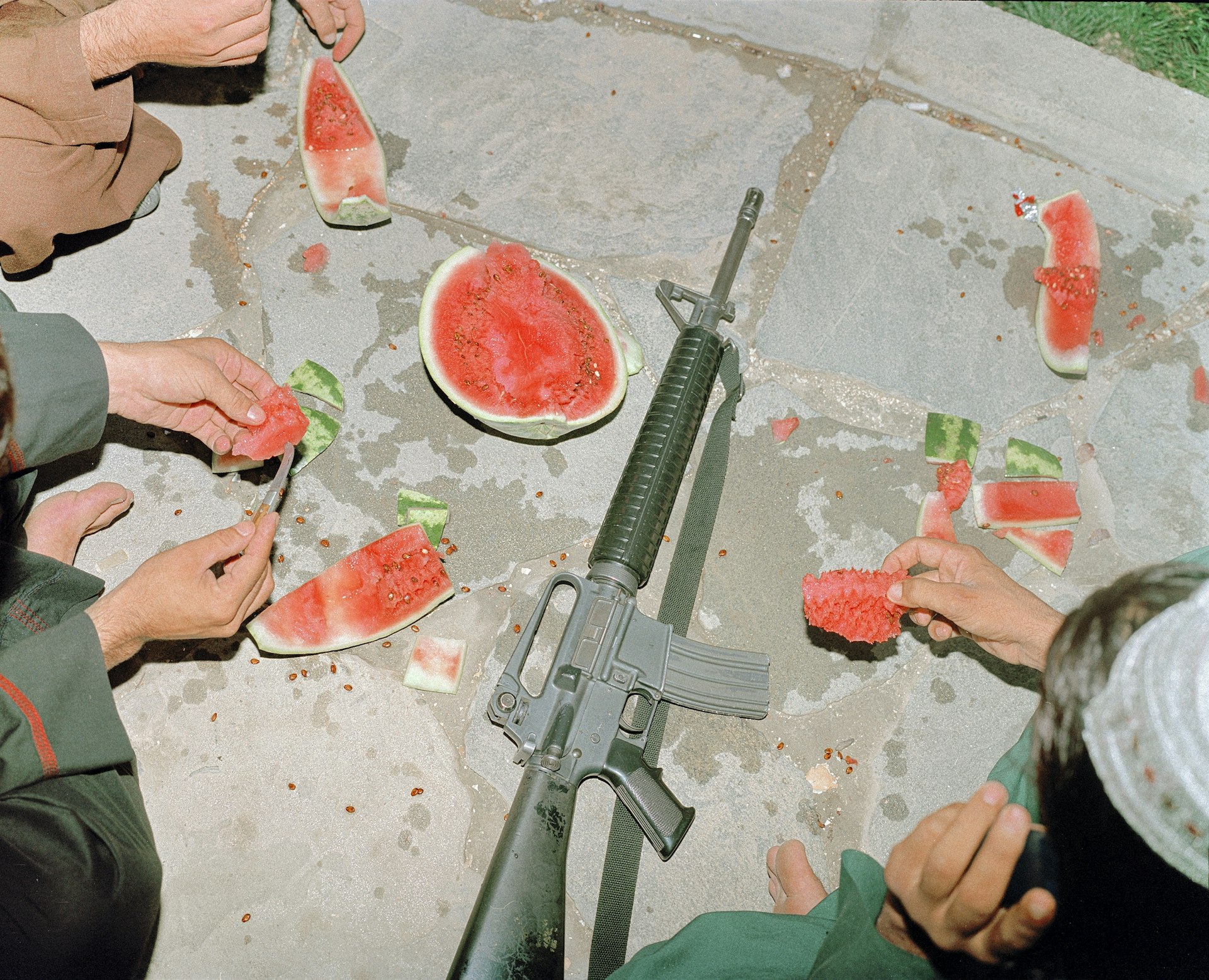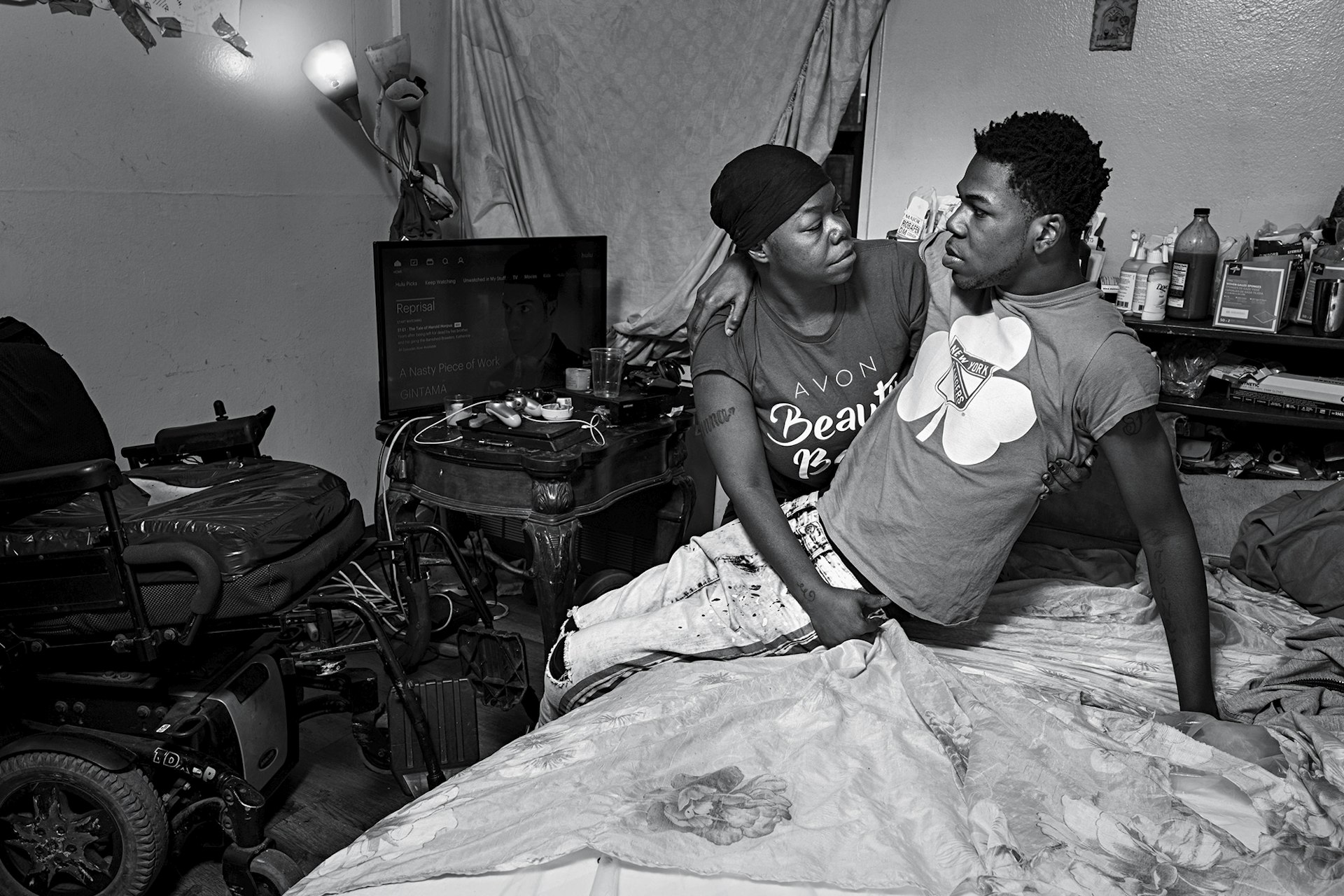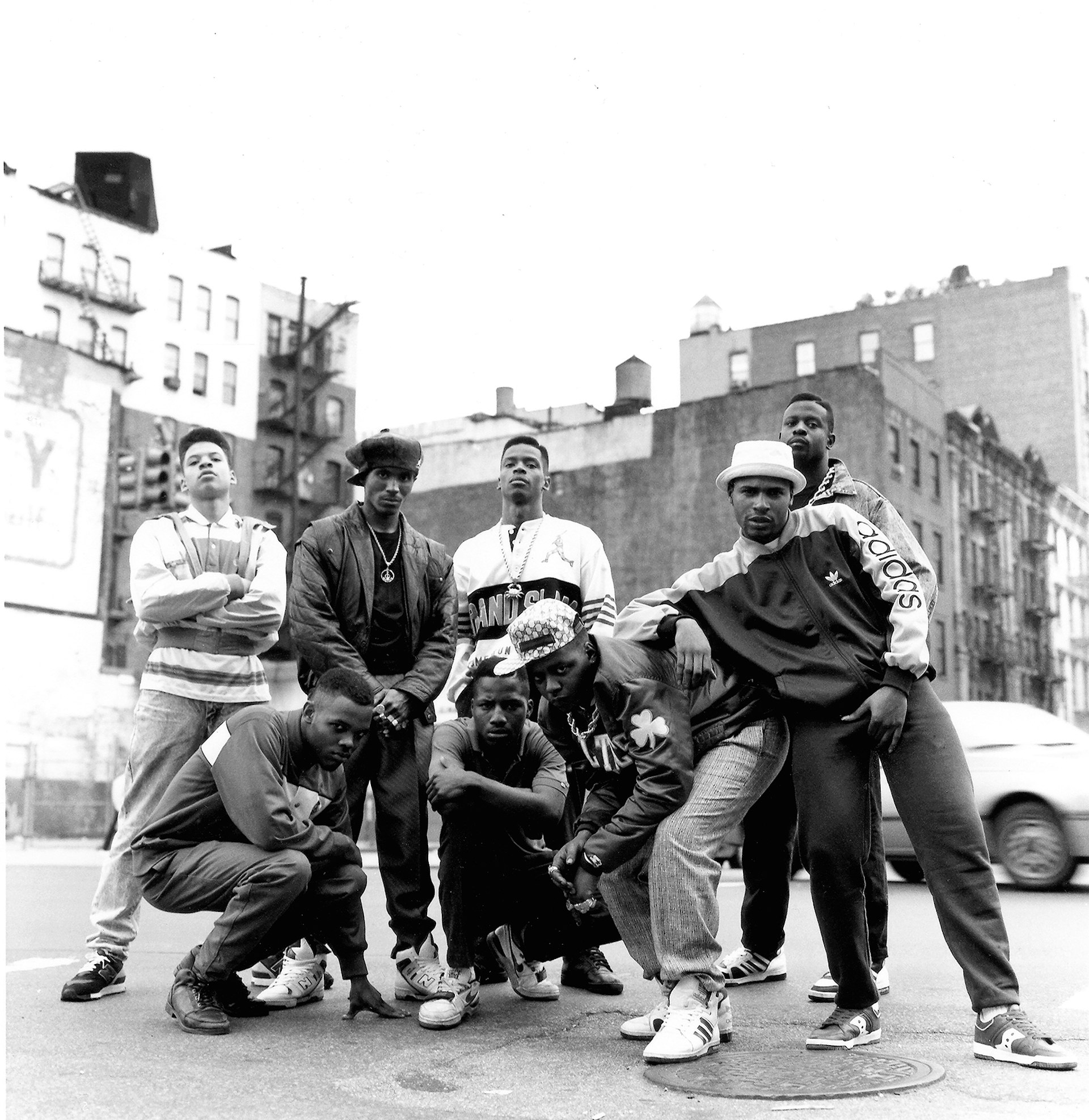The youth sports haven formed in the wake of the Burnley riots
- Text by Isaac Muk
- Photography by Nik Hartley

On June 23, 2001, Nik Hartley had just completed his graduation ceremony at Blackpool College and was heading towards his family home in Nelson, a small Lancastrian town bordering Burnley. After grabbing the last of his possessions from his student house, he boarded the train to Burnley Manchester Road Station with his bicycle and belongings, when the relatively calm day he was having quickly took a turn.
“I was in a three-piece suit, and it was one of the only times I’ve ever worn a suit,” Hartley recalls. “I thought, what’s the quickest way home as the crow flies? And ended up cycling straight through the middle of the Burnley Race Riots. I must have looked so bizarre on a wobbly old bike in a suit, and there’s riot police, fires, bottles, and cars upside down.”
Sparked in part by riots in Oldham the previous month, violence broke out between men from white and South Asian backgrounds in Burnley and its surrounding areas, escalated by action from far right groups like the National Front and counter-protestors from the Anti-Nazi League.
Businesses were attacked, cars set on fire and police faced attacks from both sides. But the tensions had been growing for years beforehand, as the decline of industry in the North had led to widespread economic deprivation, with 5.2% of 18-24 year olds in Burnley claiming unemployment benefit in May 2001 – higher than the national average of 4.6%.
There is a considerable British Asian community in Burnley – a result of the Industrial Revolution, when migrants were encouraged to take up work in the area's factories. But with British Asian and white communities living largely separately, towns across the North of England proved to be fertile for divisive far-right rhetoric, with talk of “no-go” zones of migrants who supposedly refused to integrate into British society.
“The town is quite racially divided," says Hartley. “There’s little in terms of ethnic diversity and [white] people and British Asian historically don’t get along. You still hear people saying ‘paki’ when you’re walking through the street.”
It was against this backdrop that Hamid Khan decided to form the Whitefield Youth Association (WYA) in Nelson in 2002. Starting initially as a community group that encouraged local authorities and police to improve services for and engage more with young British Asian people, it's since developed into a local sporting institution, where over 200 boys of varying ages visit every week to take part in football, boxing, and wrestling sessions.
“We set up a vision as a community voluntary group,” says Khan of the WYA’s birth. “We found that what would be communicated with what was happening with the disturbances, or riots or whatever you want to call them – the voices weren’t being represented. So we decided that we could do a better job of representing what needed to be represented, and ask the difficult questions.”
Last year, Hartley, who mainly works as a fashion photographer, travelled to the WYA to spend time documenting the organisation, with the photos now presented in his new book Good Sports. Featuring kids sparring in oversized protective gear, to up-close-and-personal portraits of those wearing their favourite football team’s shirts, the pictures are a peek into the organisation’s daily activities and its role as a key local hub for British Asian youth – while painting a portrait of joy and genuine fun.
While sports forming the basis of the activities for the children, they're only one facet of what the WYA is trying to teach its participants. “We’ve got three core words in everything we deliver – ambition, aspiration and belief,” explains Khan. “Unfortunately, in these communities I believe the aspiration has been completely taken out of them. If you keep labelling something on someone, they eventually become that – these communities have been labelled disadvantaged, disengaged, deprived etc.
“We say no. Regardless of what your disadvantage or economic deprivation may be,” he adds. “We will help you get to the point you need to be, regardless of the barriers.”
While working on the project, Hartley noticed that the WYA was giving the boys rare time and space to be in touch with who they are. “It’s trying to build decent young men,” he says. “Nelson isn't the easiest place to be open about your feelings. Being sensitive in Lancashire is a difficult thing for a guy. At the very least, [the WYA’s sports] are an outlet for that emotion.”
Good Sports by Nik Hartley is published by Pendle Press.
Follow Isaac on Twitter.
Latest on Huck

“I refuse to accept child poverty is a normal part of our society”: Apsana Begum MP on voting to scrap the cap
After seeking to “enhance” the King’s Speech by voting for the scrapping of the controversial two child benefit cap, the MP for Poplar and Limehouse lost the Labour Whip.
Written by: Apsana Begum

Is skateboarding really a subculture anymore?
With skate’s inclusion in the Olympics, Kyle Beachy asks what it means for the culture around the sport, and whether it’s possible to institutionalise an artform.
Written by: Kyle Beachy

Autism cannot be cured — stop trying
A questionable study into the ‘reversal’ of autism does nothing but reinforce damaging stereotypes and harm, argues autistic author Jodie Hare.
Written by: Jodie Hare

Bristol Photo Festival returns for second edition
After the success of it’s inaugural run, the festival returns this autumn with exhibitions, education and community programmes exploring a world in constant motion through still image.
Written by: Ben Smoke

Documenting the life of a New York gang leader paralysed by gun violence
New photobook ‘Say Less’ is a complex yet humanising look into a life wrecked by gun violence and organised crime.
Written by: Isaac Muk

The woman who defined 80s Hip Hop photography
A new exhibition brings together Janette Beckman’s visionary and boundary pushing images of an era of cultural change and moral panic.
Written by: Miss Rosen



























